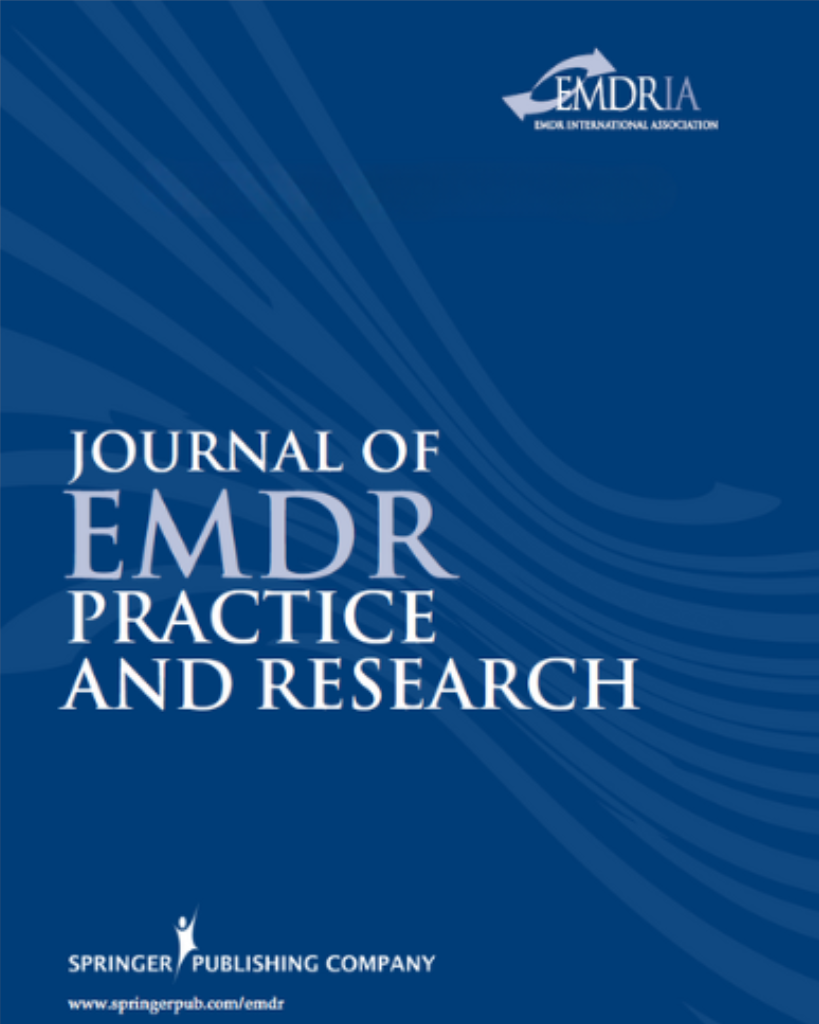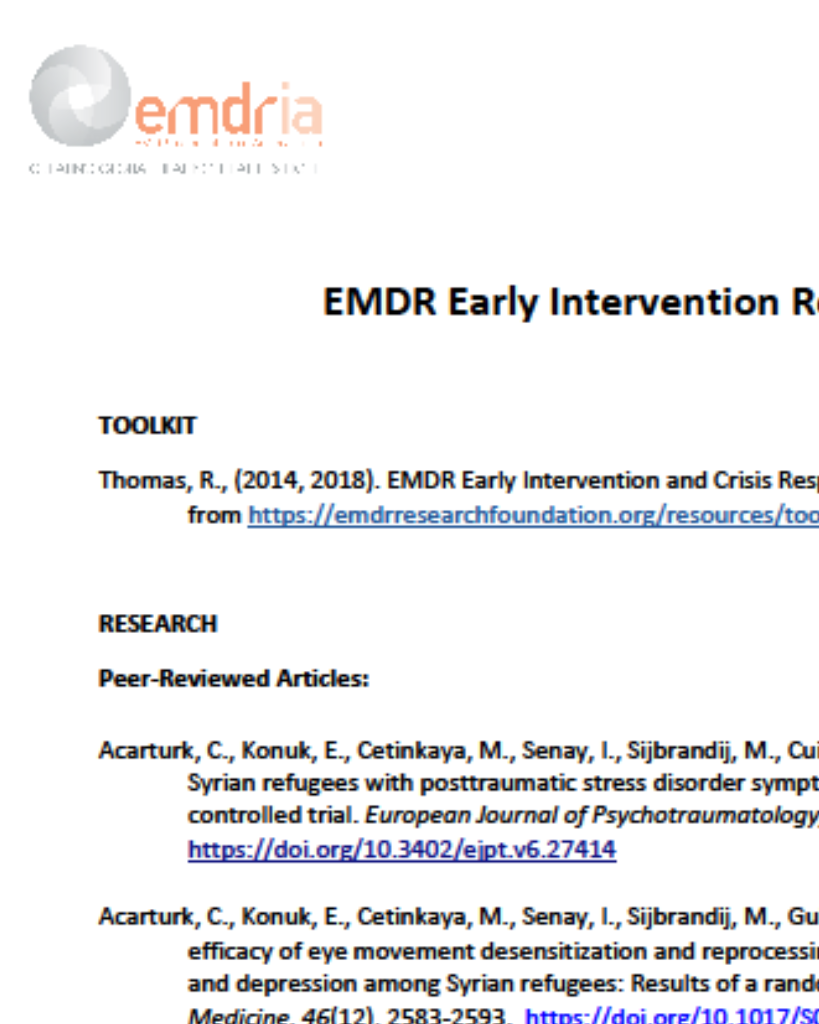When to Suspect and How to Diagnose Dissociative Identity Disorder
Previously undiagnosed dissociative identity disorder (DID) may be present in individuals being assessed for EMDR.
Article Abstract
“Previously undiagnosed dissociative identity disorder (DID) may be present in individuals being assessed for eye movement desensitization and reprocessing (EMDR). Previously undiagnosed DID was present in 3.9% of 1,529 general adult psychiatric inpatients in 10 studies conducted in 6 different countries. In this article, a case of likely DID that was missed in a published case report is presented, and guidelines for when to suspect and how to diagnose DID are provided. Such guidelines are missing from the training of many mental health professionals.”
—Description from publisher
Article Access
Open Access
Ross, C. A. (2015). When to Suspect and How to Diagnose Dissociative Identity Disorder. Journal of EMDR Practice and Research, 9(2), 114-120. https://doi.org/10.1891/1933-3196.9.2.114
About the Journal
The Journal of EMDR Practice and Research is a peer-reviewed publication devoted to integrative, state-of-the-art papers about Eye Movement Desensitization and Reprocessing. It is a broadly conceived interdisciplinary journal that stimulates and communicates research and theory about EMDR, and their application to clinical practice. The Journal of EMDR Practice and Research is the Official Publication of the EMDR International Association.
Date
June 1, 2015
Creator(s)
Colin A. Ross
Topics
Dissociation
Extent
7 pages
Publisher
Springer Publishing Company
Rights
Copyright © 2015 EMDR International Association
APA Citation
Ross, C. A. (2015). When to Suspect and How to Diagnose Dissociative Identity Disorder. Journal of EMDR Practice and Research, 9(2), 114-120. https://doi.org/10.1891/1933-3196.9.2.114
Series
9
Installment
2
Audience
EMDR Therapists
Language
English
Content Type
Peer-Reviewed
Original Source
Journal of EMDR Practice and Research
Access Type
Open Access





